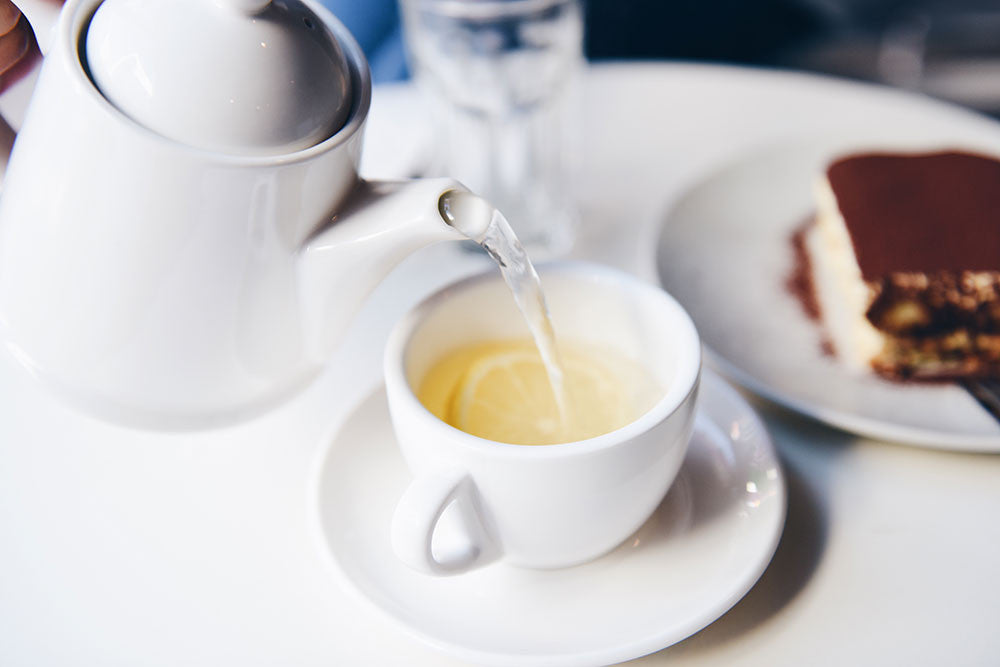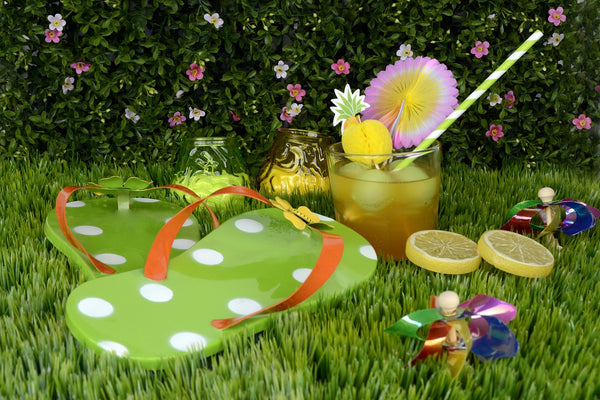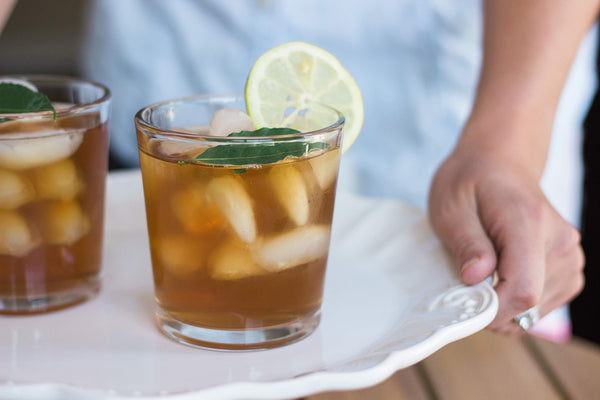
You most likely know that drinking teas with harmful chemicals is bad for you. But what you may not realize is that the teaware that you boil your water in and steep your tea in can also be dangerous.
Isn’t it exhausting trying to figure out what chemicals are hidden in daily items? We sure think so. To help you out, here is an overview on which teapots are safe, which ones are toxic, and everything in between. Let’s start with tea kettles.
Tea Kettles
First thing we should do is clear up some terminology. A tea kettle is the thing you put on a stove to boil water. A teapot is what you put your loose tea in and pour water into. You never put a teapot on the stove as it is not safe.
Most tea kettles are made of stainless steel or aluminum. While they look beautiful sitting on your stove, there is one issue. These kettles may be dangerous to your health.
Stainless steel can release heavy metals into boiling water
Here is the issue with metal tea kettles. You are adding heat to them and essentially cooking your water. A 2013 study by the NIH showed that cooking with stainless steel leaches nickel and chromium into the liquid (1). For this test, it is important to note that they used tomato sauce rather than water, but the results are such that it makes us nervous considering tea is something we drink daily.
Dr. Mercola, an alternative medicine proponent and osteopathic physician, also completed an independent test on both stainless steel and aluminum tea kettles and found that heavy metals can potentially leach into the boiling water (2). While we cannot confirm the validity of these tests, it is worth paying attention to.
Teapots
Some of the most common types of teapots are ceramics. This can include everything from porcelain to stoneware. While the actual material the teapot is made of isn’t that relevant, what is important is what type of glaze is used. Sound confusing? Let us explain. Most teapots use materials that are not water resistant. Therefore, they need to apply a glaze that will act as a waterproof barrier to allow your teapot to steep the tea without leaks. The issue lies in what the glaze is made from.
Ceramic glazes may contain lead and other dangerous chemicals
As Flint, Michigan showed the entire country, lead toxicity is quite dangerous. This is why we care so much about what type of glaze is used in a teapot. While almost all teapots claim they are lead free, there are concerns. According to the FDA, there are instances where ceramics have had lead and/or cadmium in them (3):
FDA has identified dietary lead exposure as a significant public health issue. Lead and cadmium are components of the glaze used in making ceramicware, and can leach into foods in significant amounts when the glaze is improperly formulated, applied, or fired. Lead can also leach from the colors used to make patterns in some ceramicware. In FY'93, approximately 15% of the imported lots analyzed were found violative for lead and/or cadmium.
The issue with ceramic glazes is mainly a trust issue. We are in the tea business which allows us to question manufacturers easier than consumers. What we have found is most manufacturers either do not answer specifically what is in their glazes, or they cannot provide documentation on what exactly is in them.
Therefore, we avoid anything with a glaze
Sure, there may be numerous glazed teapots out there that are safe. The issue is we cannot tell for certain which ones they are. Therefore, we have taken the stance that unless we can verify safety, we are going to avoid any teapots that have a glaze on them.
Glass is the purest, safest material for both tea kettles and teapots
In our research, glass is the safest of all the materials. One type of glass known for its long safety record and quality is borosilicate glass. Borosilicate glass does not release any metals or toxins, and it does not contain a glaze. Another benefit is that it can withstand high heat making it ideal for making tea. And to top it off, borosilicate glass is used extensively in laboratory environments due to its ability to keep the contents pure.
Next time you make tea pay attention to your teaware
Dangerous chemicals seem to be hidden everywhere, which is why we, at Golden Moon Tea, do our best to try and avoid these toxins in all our teas and teaware. It is also why we carefully choose which teaware we will offer our customers and why we almost exclusively use borosilicate glass.
Resources:
OUR TOXIN FREE TEAWARE
Leave a comment
Comments will be approved before showing up.






